Bags
Martial Arts
Apparel
Accessories
Information
Hemp Brazilian Jiu Jitsu Gis 101
6 min read

Datsusara has been making Hemp gis since 2008
Up until very recently we were the only company offering Hemp gis made for Brazilian Jiu Jitsu. Lately there have been a few gi producers catching on to the Hemp idea so I thought it was time to explain a few things I’ve learned about Hemp and later address some of the BS claims some of our less than honest competitors have been making. By the end of this post you’ll know what to look for and/or what to avoid in a Hemp gi and about what kind of gi company you want to support.
What is Hemp?
Many people consider “hemp” as only referring to the non-drug variety of Cannabis Sativa that is used for everything from food to housing materials to textiles. But there is some confusion around the word hemp because during medieval times the term was used generically to refer to just about any type of fiber. Textiles which may be referred to as “hemp” but are not made from Cannabis Sativa would include Manila hemp, Sisal hemp, Mauritius hemp, New Zealand hemp, Sunn hemp, Indian hemp (jute), and the list goes on.
To be clear, when we say our gis are made with Hemp we mean 100% Cannabis Sativa (we have even taken to capitalizing the word Hemp to emphasize this). We take great care to make sure our suppliers are using the real deal. You would be surprised how often jute and Sunn hemp get passed off as true Hemp.
Chris talks Hemp Gis 101
Why do we use Hemp for making BJJ gis?:
- Hemp is Anti-Microbial. Hemp kills the growth of fungi and bacteria including Staph (Staphylococcus Aureus), which is a major concern especially in contact sports. 1, 2
- Hemp is Strong. Hemp is the world's strongest natural fiber. It's tensile strength and durability is up to 4X that of cotton. 3
- Hemp Breathes. Hemp wicks moisture away from the body as it absorbs and releases perspiration quickly, thus allowing the fabric to "breathe" (keeping you well ventilated).
Other so-called “Hemp” fabrics like Jute or Sunn Hemp don’t have these properties. They will tear easily unless blended with other materials. They have little or no antimicrobial properties. And they don’t breathe well.
We also have the environmental benefits of true Hemp to consider.
- Hemp is good for the environment.
- Hemp crops require little or no pesticides, herbicides, fungicides or synthetic fertilizers. (Cotton uses approximately 25% of the world's insecticides and 10% of the world's pesticides 4).
- Hemp can produce 2-3x more fiber than cotton using the same amount of land and it matures in only 4 months.5, 6
- Hemp does not deplete the soil as many other industrial crops do. It can clean the soil of toxins and other impurities such as excess phosphorus or radiation. 7
 Hemp fields
Hemp fields
Where are Hemp textiles sourced?
Although Hemp is legal to grow in many countries, very few have any sort of Hemp textile industry. The vast majority (around 80%) of Hemp textiles come from China where the crop has been worked for thousands of years. Romania is the next largest exporter. Although their techniques are not as advanced, they do offer high quality material for certain applications.
Datsusara currently sources all of its Hemp from China where we have found the most advanced processing techniques and best overall quality. A few states in the U.S. have recently legalized Hemp production and we look forward to supporting the Hemp industry here at home. Currently there is no Hemp textile production in the U.S. Any company claiming their gi is made in the U.S. is still importing the fabric from overseas. We manufacture most of our products in China for a myriad of reasons. One reason is that they have the most developed industry and most experienced workers when it comes to Hemp textiles. They also have some very skilled gi makers in China, although convincing them to work on small batches of specialty Hemp gis can be challenging. I know many of you have issues with products made in China but I assure you we are careful about who we work with. In fact, the working conditions in our factories are comparable if not better than those we have seen in the U.S. (for more on this please see my blog post, Manufacturing in China).
 Hemp workers with weaving machines at our Chinese factory.
Hemp workers with weaving machines at our Chinese factory.
Why are Hemp gis so expensive?
It isn’t just the hype. High quality true Hemp gis cost on average about 3-4x that of non-organic cotton gis. I’d actually be weary of any company not charging enough for Hemp gis. If they are paying for real Hemp it won’t come cheap, especially if they claim that the gis are made in the U.S.
Competitor Claims.
Now that we have some basic facts laid out let’s get to what some of these new Hemp gi companies have been claiming.
- Datsusara has been making Hemp gis since 2008 and we were the first company to make Hemp gis for BJJ. Credit also to Groundforce who made a flat weave Hemp gi (non BJJ) even before we came on the scene. I understand why our competitors wouldn’t want to mention us, but when they pretend they are the first Hemp gi makers it’s extremely dishonest behavior. A simple net search would have informed them of us. I even attempted to reach out to some of them in hopes we could work together to improve the Hemp gi industry on the whole. Some have responded but most of these companies like to fancy themselves as solo revolutionaries and clearly don’t mind lying to the public to sell their products.
- Beware of Hemp blends and Hemp impostors. You should always be weary of hemp blends and material that doesn’t perform as Hemp should. You might not be getting true Hemp at all. If a company says they are using a Hemp blend then its important to understand why. If they claim to use a blend because the 100% Hemp tears too easily then I suspect this is because they have used (possibly unknowingly) very low-grade Hemp, Jute or Sunn Hemp, which does tear easily if not blended. After all how can you advertise that Hemp is 4x stronger than cotton and then claim that 100% Hemp tears easily? Blends with cotton weaken the fiber and reduce the other beneficial properties of Hemp such as its anti-microbial ability and others outlined above.
The only reason to use cotton in a blend is for items like t-shirts as it adds flexibility and softness. Also be weary of rash guards supposedly made from Hemp yet feel just like regular rash guards. You can make stretchy t-shirt by blending hemp with things like Spandex (as we have done) but it won’t feel like a traditional rash guard. Even if Hemp could be made into rash guard like material, the process would be highly toxic and destroy the beneficial properties of Hemp.
Chris shows how to spot a fake hemp gi.
- We offer a warranty on our gis and we always strive to take excellent care of our customers. As Hemp is a natural fiber, it does wear over time. Although likely you will have it for many years, we feel the 1-year warranty is a fair offer, as any defect would arise well before then. On top of that, if something is defective we’ll make it right or if you just have some questions we are very prompt to respond. I personally handle customer care as I love to make sure people are happy and it’s fun to talk with our customers. Just check our feedback online and you’ll see how well we treat people.
-
100% Hemp gis shed. This one is true and one of the few cons of 100% Hemp gis. They shed from a little. Some of our older gis shed quite a bit so we developed a special processing method that reduces this greatly. With our gis it usually only takes a few machine washes before 95% of the shedding stops. We are also working on new methods to completely eliminate shedding but so far this is just a byproduct of making comfortable gi material.
To be honest I’m pretty upset at how some of these companies are behaving. I’d really like to tell them to piss off and stop ruining Hemp’s good name. But I know you will know the real deal when you see it and I hope I have done my duty to make sure you are well informed. I consider preserving the integrity of true Hemp to be of the utmost importance. Datsusara is always working to produce the very best Hemp gis and I promise we’ll never bullshit you about anything.
Sincerely,

Chris Odell
President, Datsusara
References:
- National Center of Supervision & Inspection on Textile Quality
- “Hemp Fabric stops the spread of Staph bacteria” Envirotextile
- Journal of Natural Fibers 6:295-302
- Allen Woodburn Associates Ltd./Managing Resources Ltd., "Cotton: The Crop and its Agrochemicals Market," 1995.
- “Marijuana and Hemp: The Untold Story”, Thomas Bouril, 1997
- “Energy Farming In America”, Lynn Osburn
- "Phytoremediation: Using Plants to Clean Soil", Mhhe.com
1 Response
Leave a comment
Comments will be approved before showing up.
Also in The Datsusara Company & Gear Blog

How Hemp Can Supercharge The Construction Industry's Sustainability
January 22, 2020 6 min read
Read MoreSubscribe
Sign up to get the latest on sales, new releases and more …


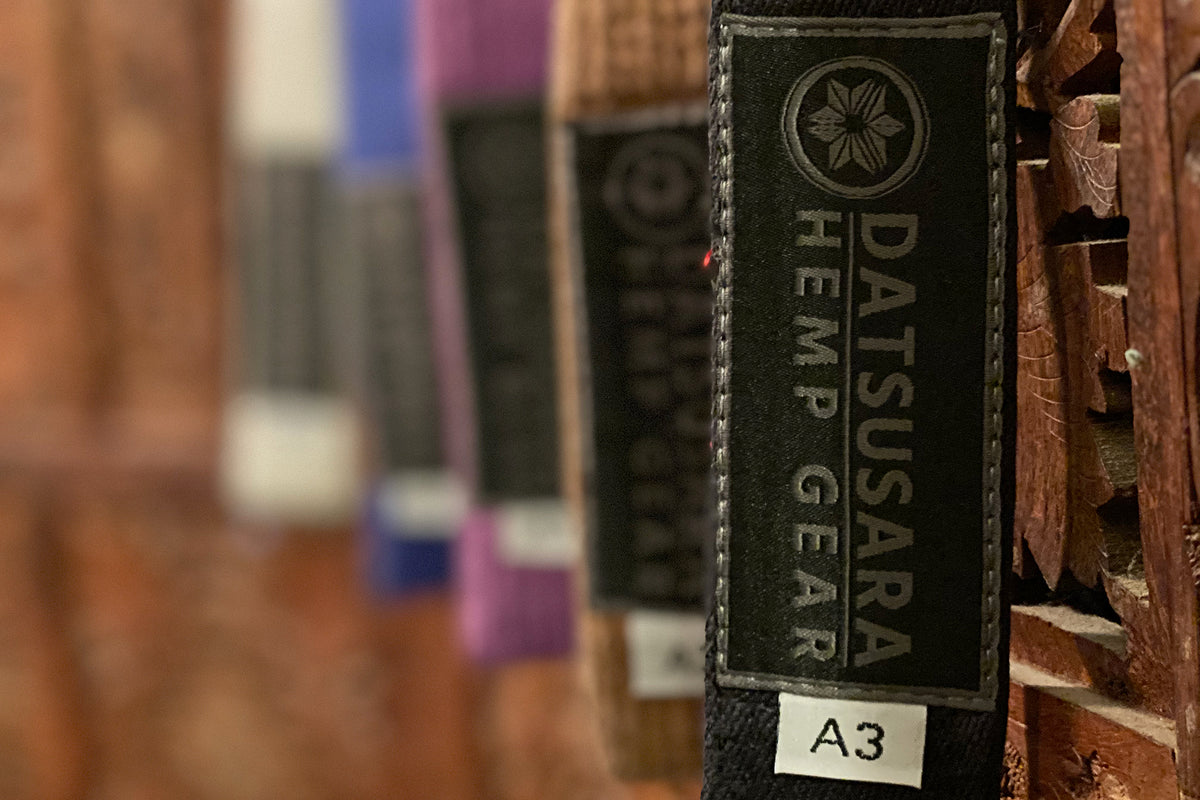


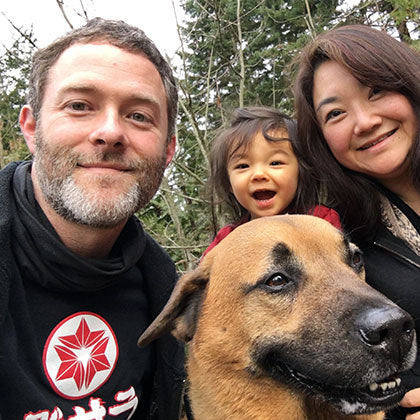
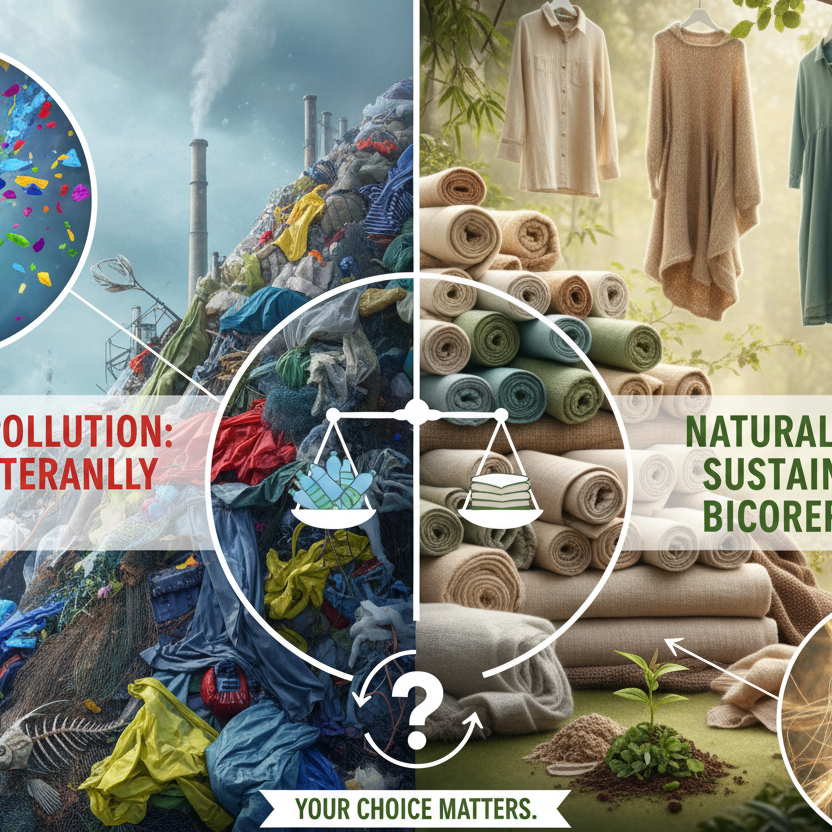
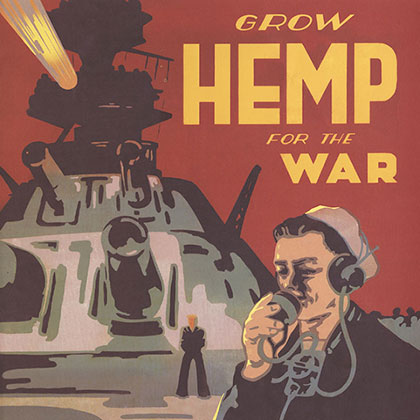
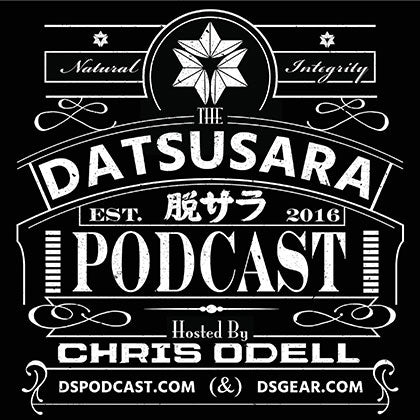


Sofia
April 16, 2014
Sounds great… but how do I order one? (hemp gi)